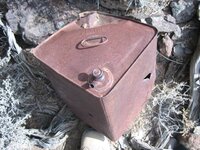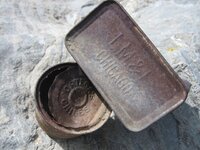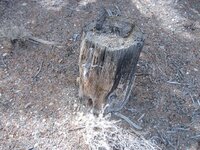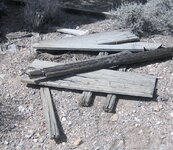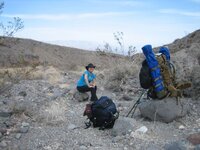SnakeEater
Full Member
Below are a few pics of evidence for a mountain top camp (mid 20th century?) at the approximate location that I have researched where a 19th century cache was buried. Other than evidence for this more recent encampment, there are no other signs of man that I know of for a 4 mile radius. I suspect that treasure hunters came up with the same location that I did and have searched for this treasure but I'm looking to date some of the evidence to see if it is pre or post metal detector. The cache search area is wide and without a metal detector, I suspect the length of the search may offset the effort to resupply the camp of the treasure hunter(s). Otherwise, it was probably recovered.
Can anyone help me to date what I found? Thanks.
1st pic - 5 gal tin?
2nd pic - small canned food.
Can anyone help me to date what I found? Thanks.
1st pic - 5 gal tin?
2nd pic - small canned food.


